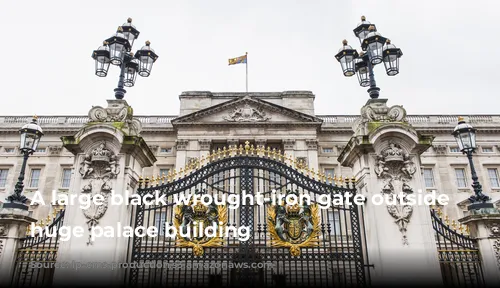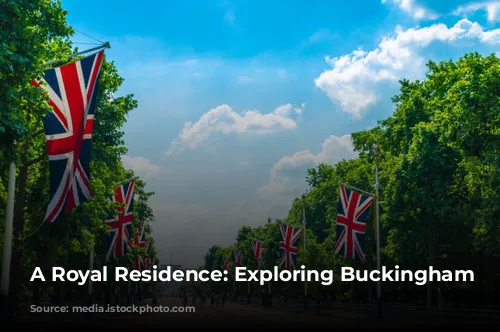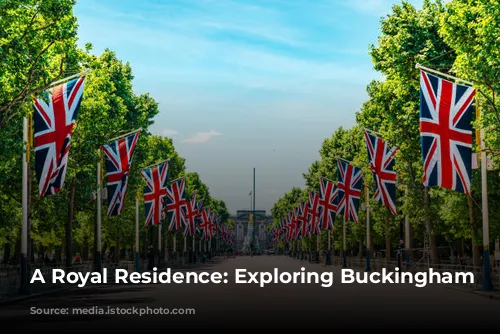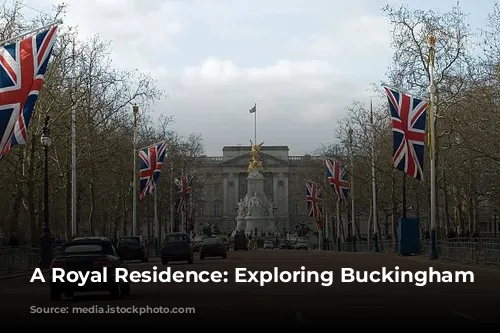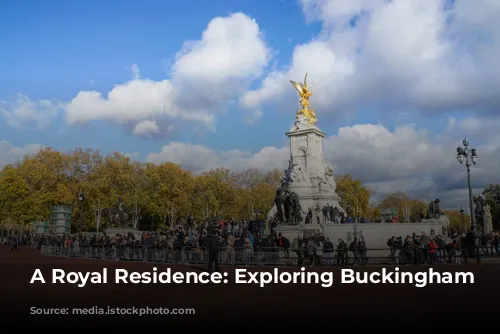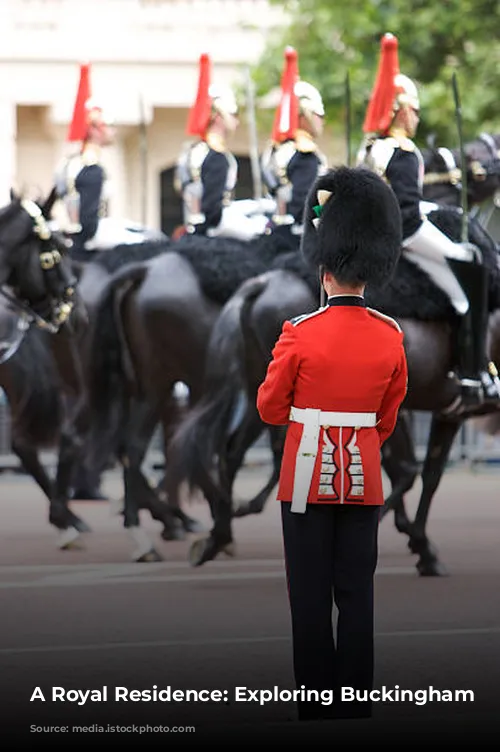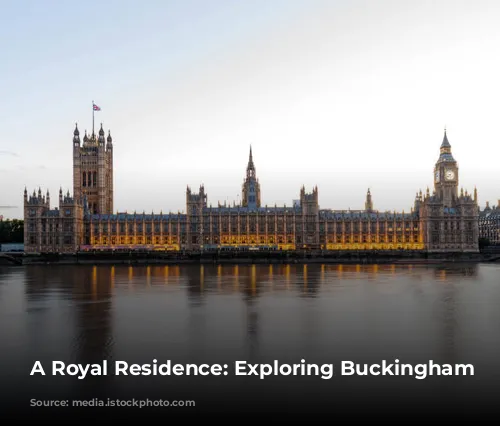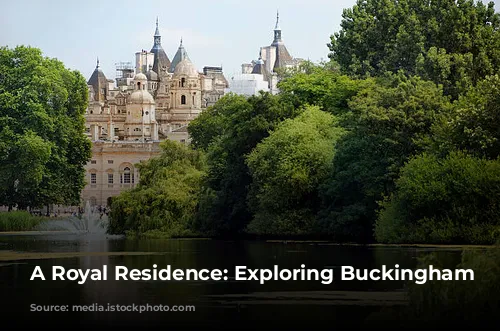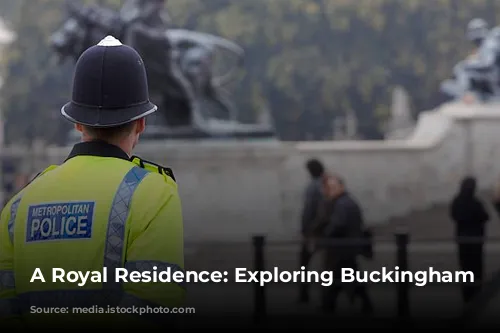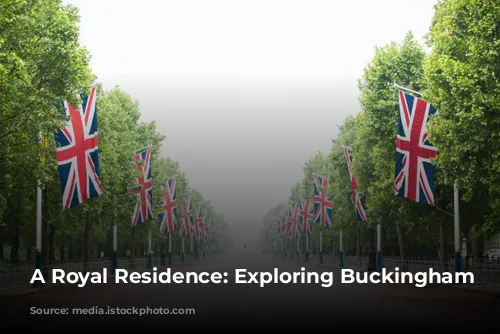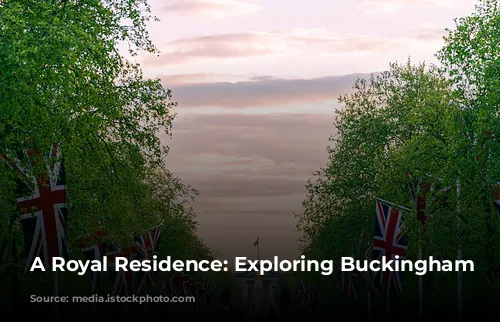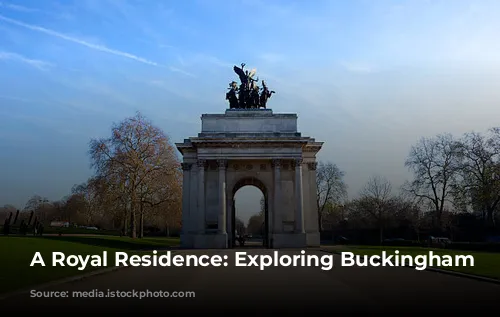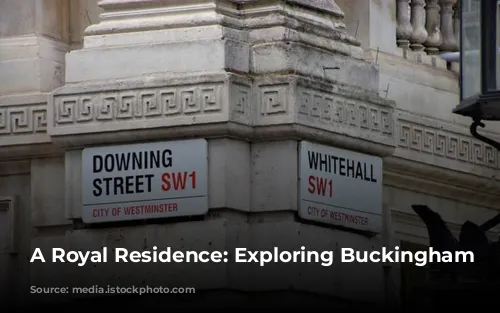Buckingham Palace, the iconic London residence of the British monarch, stands as a testament to history and grandeur. Built in 1703 for the Duke of Buckingham, the palace replaced St. James’s Palace as the official London home of the reigning monarch in 1837. Queen Elizabeth II, the current sovereign, divides her time between Buckingham Palace, Windsor Castle, and Balmoral Castle in Scotland during the summer. A telltale sign of the Queen’s presence is the square yellow, red, and blue Royal Standard flown from the palace’s flagpole. If the flag is absent, it’s replaced with the Union Flag, indicating the Queen’s absence.
A Glimpse Inside
The palace’s doors open to the public during the Queen’s summer break, from mid-July to September, inviting visitors to explore its 19 lavishly furnished State Rooms. A self-guided tour begins in the Grand Hall, at the foot of the majestic Grand Staircase commissioned by King George IV in 1828. The tour continues through architect John Nash’s Italianate Green Drawing Room, the State Dining Room, adorned in opulent red damask and Regency furnishings, the Blue Drawing Room with its exquisite fluted ceiling by Nash, and the White Drawing Room, where foreign ambassadors are received.
Beyond the State Rooms
Beyond the opulent State Rooms, the Ballroom, a vast space built between 1853 and 1855, hosts rotating themed exhibitions, often focusing on royal couture or the Queen’s childhood. While the Throne Room with its his-and-hers pink chairs emblazoned with “ER” and “P” may not be as grand as one might expect, it remains an integral part of the tour.
The palace’s gardens offer a tranquil escape, filled with over 350 species of flowers and plants, a variety of birdsong, and stunning views of the palace itself. Picnics are permitted, but with certain restrictions.
Planning Your Visit
Buckingham Palace is open to the public during the summer months when the Queen is on vacation. It’s also possible to visit during the winter (December to February), but only on select days. Advance booking of timed tickets is recommended, and can be done online. The self-guided tour, enhanced by insightful audio-guide commentary, takes approximately two hours. Security is tight, comparable to airport security, and large bags are not permitted. Remember to have your ticket stamped before leaving for free entry for a year.
Accessibility and Logistics
The State Rooms are fully accessible, but the tour involves extensive standing and few seating options. Take advantage of the cafe and restrooms located at the end of the tour, but be mindful that getting back to your starting point can be challenging.
The closest Underground stations to Buckingham Palace are Green Park on the Piccadilly, Victoria, and Jubilee Lines and St James’s Park on the District and Circle Lines.
Changing of the Guard
For those unable to explore the palace itself, the Changing of the Guard ceremony offers a glimpse into the pageantry of the British monarchy. Every day at 11:30 AM, the Old Guard (Foot Guards of the Household Regiment) is replaced by the New Guard on the forecourt of the palace. The ceremony, which lasts 45 minutes, is accompanied by a full military band, culminating in a display of pomp and circumstance. To ensure a good view, arrive at least 45 minutes before the start, as the ceremony can be crowded. The event is free to attend, but be sure to check the online calendar as the ceremony can be canceled due to weather conditions or road closures.
Buckingham Palace, a symbol of royalty and British history, offers visitors an unforgettable glimpse into the world of the British monarchy. From the grandeur of the State Rooms to the serene beauty of the gardens, a visit to Buckingham Palace is an experience that will leave a lasting impression. Whether you choose to tour the palace itself or witness the Changing of the Guard, prepare to be transported into a world of regal tradition and captivating spectacle.
